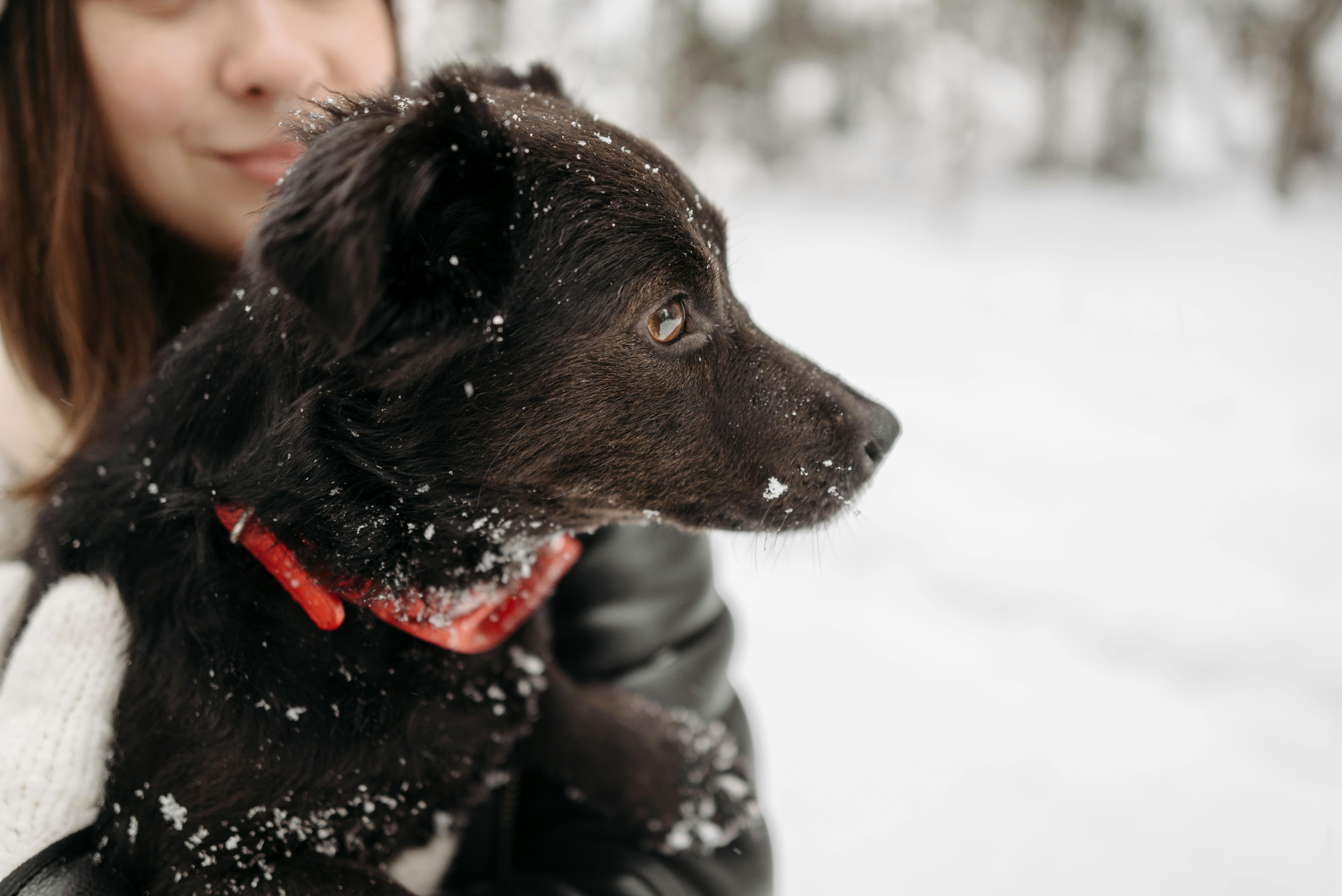
Ingredients of your Chinchilla Dust Bath
Although rain rarely visits the dry, rocky environment of the Andes mountains in South America, wild chinchillas have adapted and managed to make the most of their surroundings. Just for the various succulents that cover the area, these have evolved in such a way that whenever precious water is available, either by growing large roots underground to soak up every drop, growing very low to the ground for immediate access, or by storing the water in its juicy meat. For wild chinchillas, eating a few succulents replaces drinking. And since water is hard to come by, grooming includes bathing in the fine sand and scattered ashes.
Since many chinchillas have been bred in captivity and domesticated, companies and pet owners have tried to mimic aspects of their natural habitat by providing a variety of special chinchilla dusting baths available at pet stores.
Chinchilla fur is rich and thick, which helps them insulate their bodies against extreme temperatures, protecting their sensitive skin from bacteria and parasites. Unlike other pets, you cannot wash your chinchilla pets with water or shampoo. Your skin is prone to bacterial and fungal infections with moisture. This is why, even when out in the wild, chinchillas roll themselves up in fine dust to clean themselves. Chinchilla dust is formed in such a way that it does not dry out your pet’s fur, it just absorbs and removes excess oil, dirt and moisture.
Most chinchilla dust baths available on the market today usually have the vague phrase “natural chinchilla dust” written below the ingredients portion of the label. In nature, the dust they roll in is made up of fine volcanic ash or eroded pumice found in the area; or a mixture of both. Some products are made from ground pumice stone. The “Chinchilla Bath Sand” product claims that it is made entirely from “100% natural volcanic mountain pumice found in the Andes Mountains.” The slogan also includes that said ingredient is “dust-free”, which reduces the problem of dust flying during the bath.
For other products such as “Sun Seed Sunthing Special Chinchilla Dust Bath”, the product lists “Fuller’s earth” as an ingredient. This is a mineral that is known to be able to absorb oil, moisture, and other impurities; it is also added in some cosmetics. , powders and pharmaceuticals. Interestingly, movie sets also use the powdered ore to simulate larger, cheaper explosions. For other uses in pet care, the ingredient is also known to be found in kitty litter and other pet powders.
Other possible ingredients to put into the chinchilla dust mix include a portion of very fine sand or fragrances. Beware of cheap imitations that are just made of sand, as this really doesn’t do a good job of cleaning your pet’s chinchilla. Kaytee and Pet Scentsations brands offer various chinchilla powder baths with scents ranging from melon to raspberry to vanilla. Other brands claim that their products are organic and all-natural. These are great considerations for choosing the perfect chinchilla dust variety for you.
Chinchilla dust is usually affordable depending on the size you need or would like to have in stock. Prices range from about $4 (for about 30 ounces) to about $30 (for a large 60+ pound bag of powder). Many pet owners will try a variety of products to see which is best suited for their chinchilla.
Knowing what exactly is in the chinchilla dust bath you purchase helps you better understand your chinchilla and its basic needs. And like any good consumer, it pays to keep an eye out for the best products available for your pet.